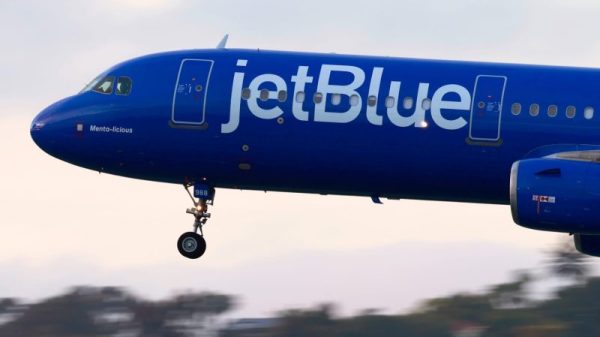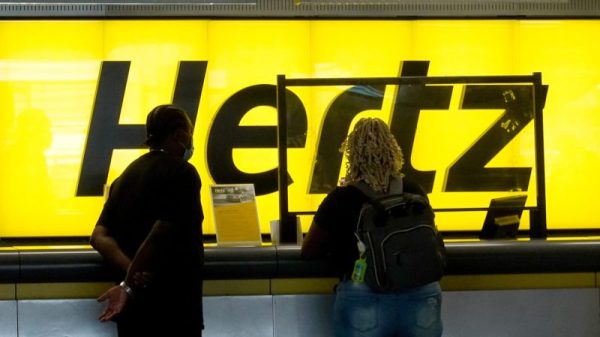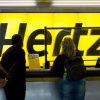Hershey reported a less severe decline in sales than anticipated for the first quarter, alongside exceeding profit expectations, according to a Thursday announcement.
The company’s resilient performance was primarily attributed to consistent consumer demand for its salty snacks division within the North American market, Reuters said in a report.
Despite broader economic uncertainties and potential shifts in consumer spending, Hershey’s salty snacks portfolio demonstrated strength, contributing significantly to the better-than-expected financial results.
This outcome suggests the segment’s insulation from some of the pressures impacting other areas of the consumer goods sector, highlighting its importance within Hershey’s overall business strategy.
Salty snacks drive North American growth
Hershey’s North America snack division experienced increased sales, primarily driven by a strategic decision to lower prices on popular items such as Dot’s pretzels and SkinnyPop popcorn.
The North America salty snacks division experienced a 4% increase in quarterly organic volume. However, prices in this segment were 3% lower compared to the previous year.
This price reduction comes after a series of price increases implemented over the preceding quarters.
The company’s move to adjust pricing appears to have positively impacted consumer demand within this segment, suggesting a sensitivity to price points among their target market for snack products.
This shift in pricing strategy could be a response to various market factors, including competitive pressures, changes in consumer spending habits, or an effort to drive higher sales volumes.
The impact of this price reduction on the division’s profitability will likely be a key area of focus in future financial reports.
Yearly projections and tariff impact
The manufacturer of Reese’s Peanut Butter Cups also reaffirmed its yearly projections for net sales and adjusted earnings.
This outlook takes into account anticipated expenses linked to tariffs, estimated to range from approximately $15 million to $20 million for the second quarter of the fiscal year.
This suggests that the company anticipates continued financial performance in line with previous expectations, despite the potential impact of import duties on its costs during the upcoming quarter.
The significant import tariffs and frequently unpredictable trade policies implemented by the Trump administration have increased expenses for numerous American companies and introduced uncertainty into their future prospects.
Meanwhile, Mondelez International also noted possible tariff uncertainty after exceeding quarterly profit expectations.
Financial results and market reaction
Hershey’s profitability was supported by a 2% price increase across its product lines and reduced advertising and marketing spending.
These factors helped offset increased manufacturing and raw material (like cocoa) costs, protecting the company’s profit margins.
Hershey reported net sales of $2.81 billion, a 13.8% decrease from the previous year.
This figure slightly exceeded analysts’ estimates, which had projected a 14.1% decline to $2.79 billion, according to LSEG data.
The company’s adjusted earnings per share for the quarter ending March 30 were $2.09, surpassing the estimated $1.95 per share.
Shares of the company were marginally up at $167.80 in premarket trading.
The post Hershey Q1 results beat expectations despite sales dip, salty snacks drive growth appeared first on Invezz
























